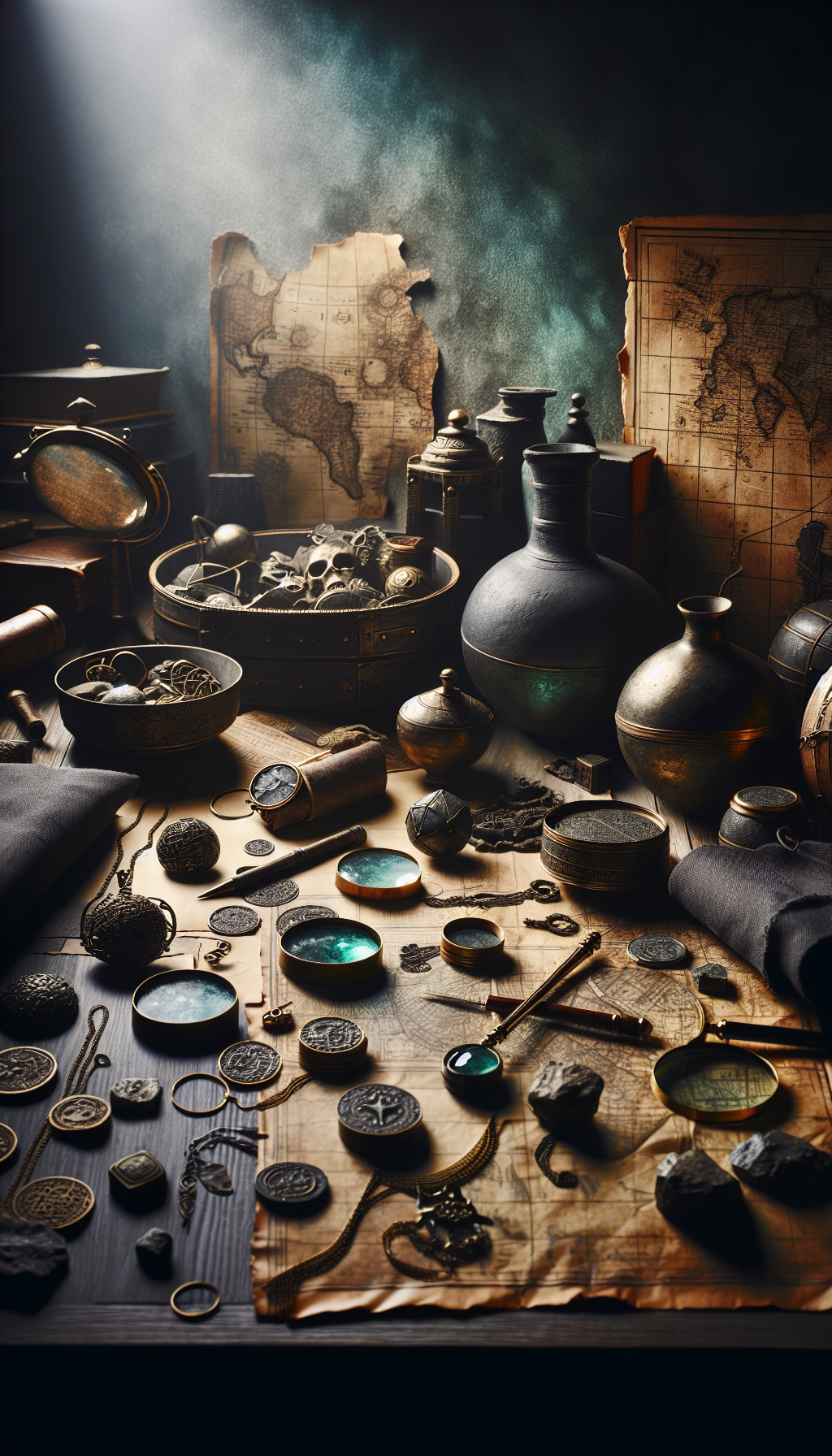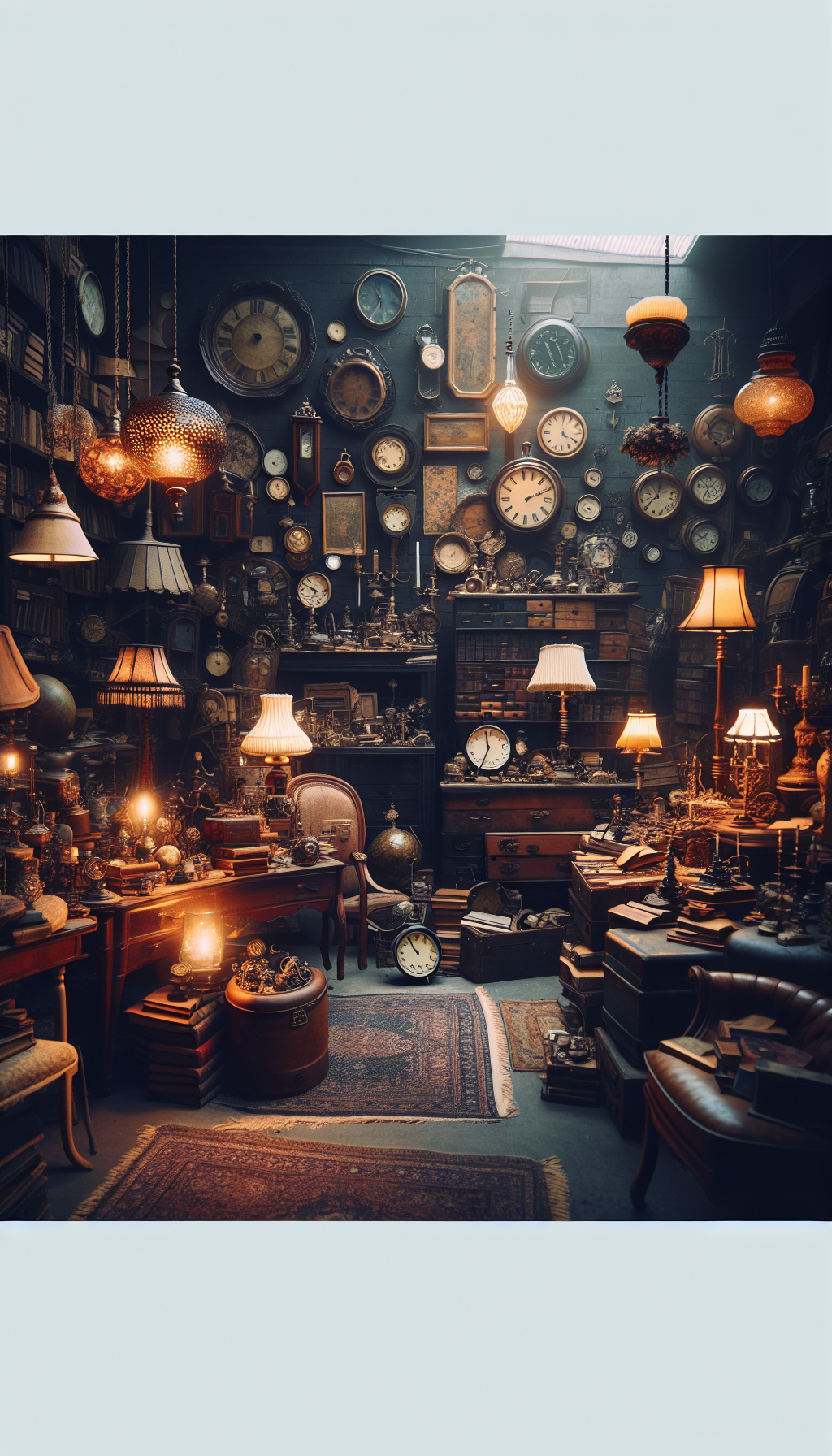The Ultimate Guide To Finding Expert Artifact Appraisal Services Near You
Finding a trustworthy artifact appraiser near you can feel daunting—especially when the stakes involve insurance coverage, estate planning, charitable donations, or preparing to sell. This guide breaks down what expert appraisers actually do, how to identify the right specialist in your area, what to expect from methods and fees, and how to prepare so you get a defensible, useful report.
What an Expert Artifact Appraiser Does (and What They Don’t)
- Core role: An appraiser develops an opinion of value for a specific purpose and effective date, then documents the analysis in a written report. Their job is not to “guess” but to research markets, analyze comparables, and apply recognized methodology.
- Independence: Ethical appraisers do not have a financial stake in your item’s value. They should not charge based on a percentage of value and should disclose any conflicts of interest.
- Scope vs. specialties: “Artifact” spans many categories—fine art, ethnographic objects, archaeological materials, textiles, furniture, clocks, arms and armor, coins, manuscripts, and more. Most appraisers specialize. A top-notch Asian ceramics appraiser may not be the right choice for rare books.
- Authentication vs. appraisal: Appraisal estimates value; authentication assesses whether the object is by a specific maker, period, or culture. Appraisers may coordinate scientific testing or refer to authentication experts, but don’t assume your appraiser can certify authenticity without proper evidence.
- Legal and ethical boundaries: Reputable appraisers refuse assignments involving illicit or undocumented antiquities. Expect questions about provenance, export/import history, and ownership. Some objects carry legal restrictions that affect value and marketability.
How to Choose the Right Specialist Near You
- Start with professional associations: In the U.S., look for credentialed members of ISA (International Society of Appraisers), ASA (American Society of Appraisers), and AAA (Appraisers Association of America). Internationally, RICS valuers and other national bodies can indicate training. Use membership directories to filter by specialty and location.
- Confirm USPAP compliance: In the U.S., appraisers should be current with USPAP (Uniform Standards of Professional Appraisal Practice). Ask which edition they follow and when they last completed the USPAP course. For specific tax-related appraisals, the IRS expects USPAP compliance and “qualified appraiser” criteria.
- Match the specialty precisely: Search by object type and material, then by region. If you own a 19th-century Navajo textile, prioritize a textiles or Native American arts specialist. For ancient ceramics, seek someone familiar with thermoluminescence (TL) testing and antiquities markets.
- Ask for a scope call: On a brief call or email exchange, share clear photos, dimensions, condition notes, known history, and your purpose (insurance, estate, donation, sale). A reputable appraiser will confirm whether the assignment fits their expertise or refer you elsewhere.
- Request sample report pages: You don’t need private client data, but a redacted sample demonstrates the appraiser’s structure, methodology, and writing quality.
- Check references and reputation: Estate attorneys, museum registrars, conservators, or specialty dealers can provide referrals. Be mindful of conflicts—someone hoping to buy your item is not the ideal appraiser.
- Clarify logistics: Will they travel for an on-site inspection? Are they insured? How do they handle high-value security and confidentiality?
Questions to ask:
- Which market level will you use and why (retail replacement, auction, private sale)?
- How often do you appraise objects like mine?
- Will you provide a USPAP-compliant written report?
- What is your fee structure—hourly, flat, travel, minimums?
- Do you buy items you appraise? (Best practice: they should not, or they should have strict conflict protocols.)
Appraisal Types, Methods, and Standards
Choosing the correct type of value matters as much as choosing the appraiser. Common purposes and value definitions:
- Insurance replacement (retail replacement value): The cost to replace the item with a similar one in the retail market, considering time and location. This is usually higher than auction prices.
- Fair market value (FMV): The price between willing buyer and seller, neither under compulsion, with reasonable knowledge of relevant facts—commonly used for estate tax and charitable contributions.
- Marketable cash value / orderly liquidation: Anticipated proceeds after costs required to sell in a defined time frame and market channel.
- Divorce/equitable distribution: Jurisdiction-specific guidelines often refer to FMV or other defined standards.
- Donation appraisals: For U.S. tax purposes, the IRS sets strict criteria for FMV and qualified appraisers; larger donations may require a signature on Form 8283 and potential review.
Methodology you should see documented:
- Proper identification: Maker/attribution, culture/period, materials, dimensions, marks and labels, condition and restorations, provenance, and literature/exhibition history.
- Market selection: A rationale for selecting the relevant market (e.g., regional auction vs. national retail gallery) consistent with the assignment purpose.
- Comparable sales: Recent, relevant, and verified comparables with adjustments for condition, size, date, importance, and market shifts.
- Analysis and reconciliation: How the appraiser weighed comparables and arrived at a final opinion of value.
- Assumptions and limiting conditions: Disclosures regarding unseen areas, reliance on third-party information, or pending testing.
- Effective date: Value is as of a specific date. Markets change; insurance schedules should be updated periodically.
Testing and specialist consultations:
- Scientific tools may include XRF (metal composition), UV and infrared imaging, microscopic analysis, dendrochronology for panel paintings, TL for ancient ceramics, and radiocarbon dating for organics. Your appraiser may recommend testing; these results inform, but do not by themselves determine, value.
- Conservation input: A conservator’s condition report can materially affect value conclusions and can guide treatment decisions before sale or insurance scheduling.
What a complete written report includes:
- Title page with client, assignment purpose, and effective date
- Object descriptions with photos
- Statement of use-dependent value definition
- Market analysis and comparables
- Condition notes and any testing or expert opinions
- Assumptions, limiting conditions, certifications, and appraiser qualifications
- Signature and date
Costs, Timelines, and Red Flags
Typical fee structures:
- Hourly rates: Often $100–$400+, varying by region and specialty. Senior experts in narrow fields can be higher.
- Flat project fees: For defined scopes (e.g., a 20-item household collection).
- Travel and on-site rates: Travel time, mileage, and per diem may apply. Some appraisers have minimum visit charges.
- No percentage-of-value fees: Ethical standards prohibit contingency fees tied to value or intended use.
Timelines:
- Single-item inspections: 1–3 weeks for a complete report, depending on research depth and testing.
- Large estates or complex provenance research: Several weeks to months.
- Rush services: Possible with surcharge, but research time still limits speed.
Red flags to avoid:
- “Certificates of value” without a full report, or one-page letters with no method or comparables.
- Fees based on a percentage of value or offers to buy the item during/after the appraisal.
- Unwillingness to state a value definition or relevant market.
- Refusal to provide credentials, proof of USPAP compliance, or a redacted sample report.
- Overreliance on online images for a formal appraisal without physical inspection when condition is material.
- Guaranteed outcomes (“I’ll make sure it appraises for X”). Appraisers provide opinions, not guarantees.
Preparing Your Object and Appointment
Good preparation saves time and money and supports a more accurate result.
Documentation to gather:
- Provenance: Prior ownership, bills of sale, import/export papers, exhibition catalogs, scholarly references, old labels or inscriptions.
- Prior appraisals and insurance schedules: Provide context, but expect the appraiser to form an independent opinion.
- Photos of signatures, marks, hallmarks, and labels; clear overall and detail shots.
- Dimensions and weights; for pairs/sets, note completeness.
- Conservation or restoration records; any condition issues.
Logistics and safety:
- Decide on location: On-site inspections reduce transport risks; for very high-value items, ask about security protocols.
- Handling: Do not clean or polish before inspection—improper cleaning can remove evidence of age or maker’s marks and affect value.
- Access: Ensure workspace, lighting, and object access. For mounted or installed works, plan safe removal or evaluation.
How to brief the appraiser:
- State the purpose clearly (e.g., “insurance scheduling for three 18th-century maps”).
- Share time constraints or deadlines (estate filings, insurance renewals).
- Confirm scope: Number of items, testing, travel, and whether you need digital and printed copies of the final report.
Practical checklist before the visit:
- Compile provenance papers, receipts, prior appraisals.
- Photograph overall views and key details/marks.
- List items with brief descriptions and dimensions.
- Note known condition issues; avoid last-minute cleaning.
- Clear a well-lit space for inspection; plan safe handling.
- Confirm fee structure, timeline, and deliverables in writing.
- Clarify security/confidentiality needs and whether the appraiser may bring assistants or specialists.
Using the appraisal afterward:
- Insurance: Provide the report to your insurer; review scheduled values every 2–5 years or when markets shift.
- Sale: Share relevant sections with prospective buyers or auction specialists; do not expect retail replacement value in auction markets.
- Estate/tax/donation: Coordinate with your attorney or accountant to ensure correct forms and valuation standards are met.
FAQ
Q: Do I need a physical inspection, or can photos suffice? A: For a formal, USPAP-compliant appraisal, a physical inspection is generally required, especially when condition or authenticity materially affects value. Photo-only “desktop” opinions can be useful for triage or preliminary guidance, but they may not be acceptable for insurance, tax, or legal uses.
Q: How often should I update my insurance appraisal? A: Review schedules every 2–5 years or sooner if the category has seen major market shifts. High-volatility categories (contemporary art, certain collectibles) may warrant more frequent updates.
Q: What if my artifact might be an illicit antiquity? A: Share all provenance details with your appraiser. Reputable professionals will advise on due diligence and may decline the assignment if legal title or export history is questionable. Legal and ethical issues can drastically reduce value and marketability.
Q: Can an auction house appraisal work for insurance? A: Auction estimates reflect likely auction outcomes, not retail replacement value. Some auction departments provide written valuations, but for insurance you typically need a report that specifically addresses retail replacement value and meets insurer requirements.
Q: Why do appraisers refuse percentage-based fees? A: Contingent fees create a conflict of interest and violate ethical standards and USPAP. Independent hourly or flat fees help protect objectivity and credibility—crucial if the report is ever scrutinized by insurers, courts, or tax authorities.
By focusing on specialty match, methodological rigor, and professional standards, you can confidently locate an expert artifact appraiser near you—and obtain a report that stands up to insurance, tax, and market scrutiny. With the right preparation and questions, your appraisal becomes more than a number: it’s a documented understanding of what you own, why it’s valued, and how to steward it wisely.




